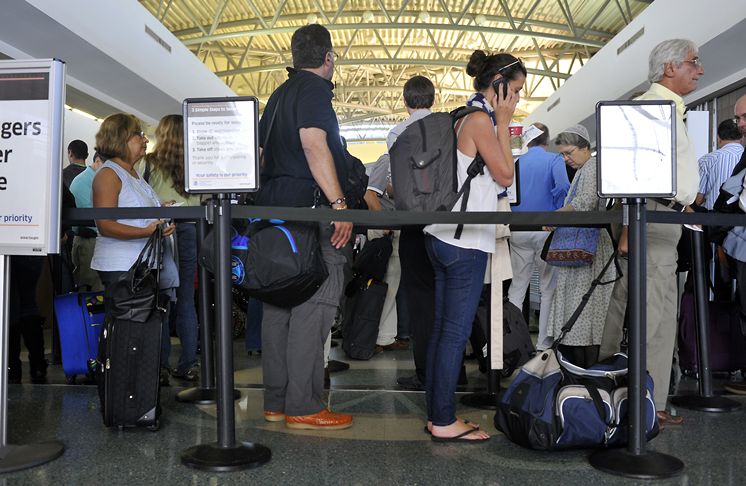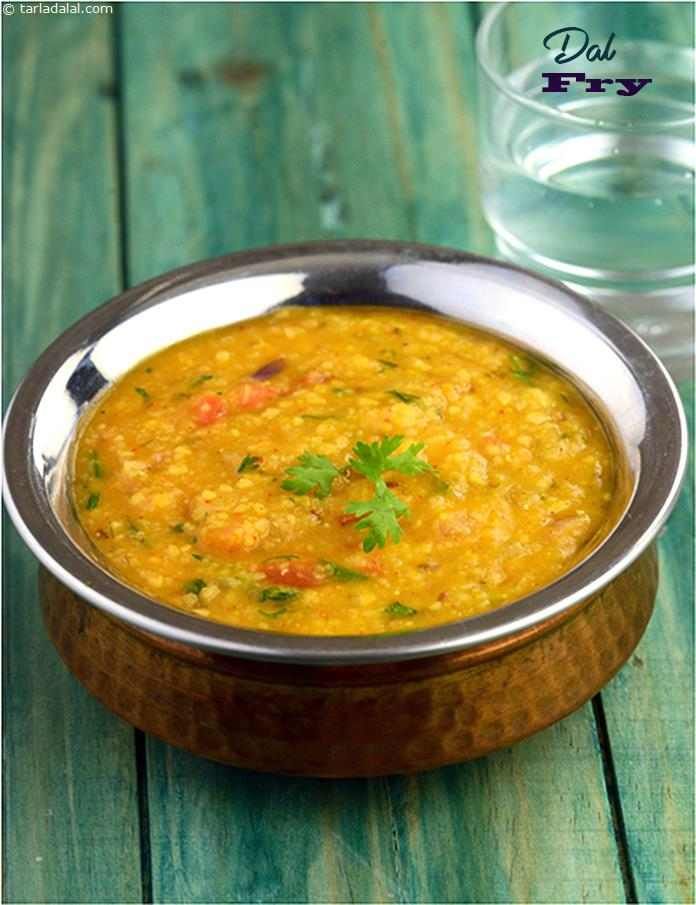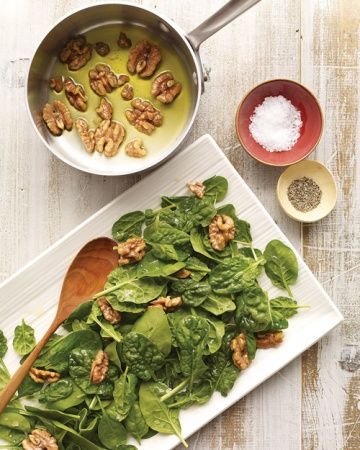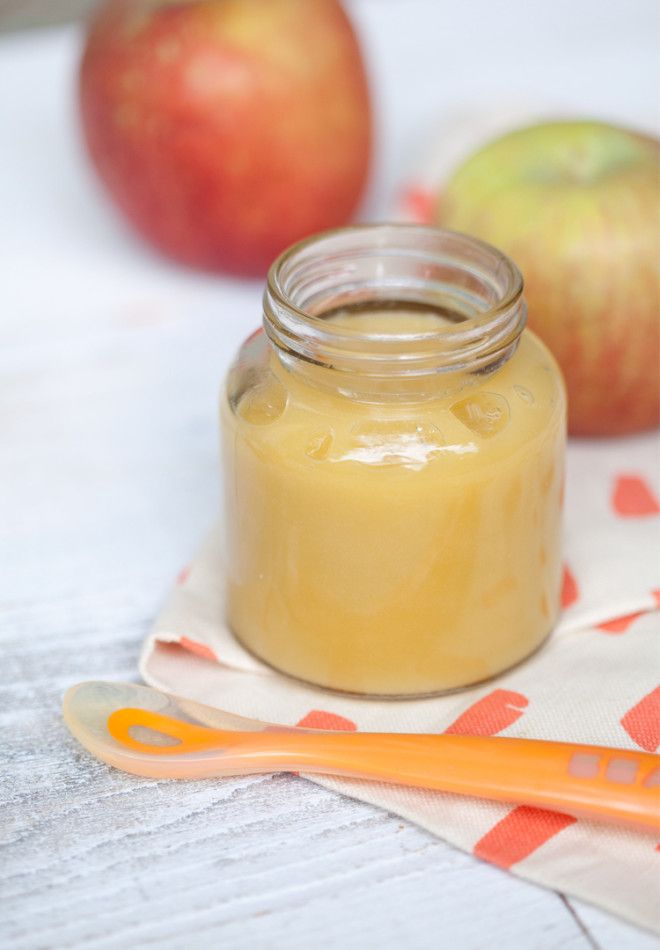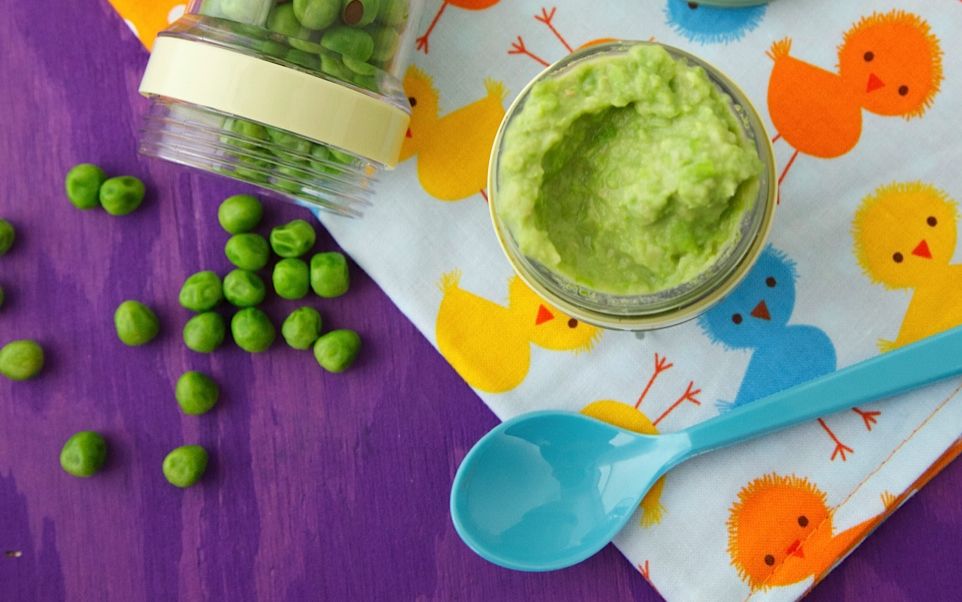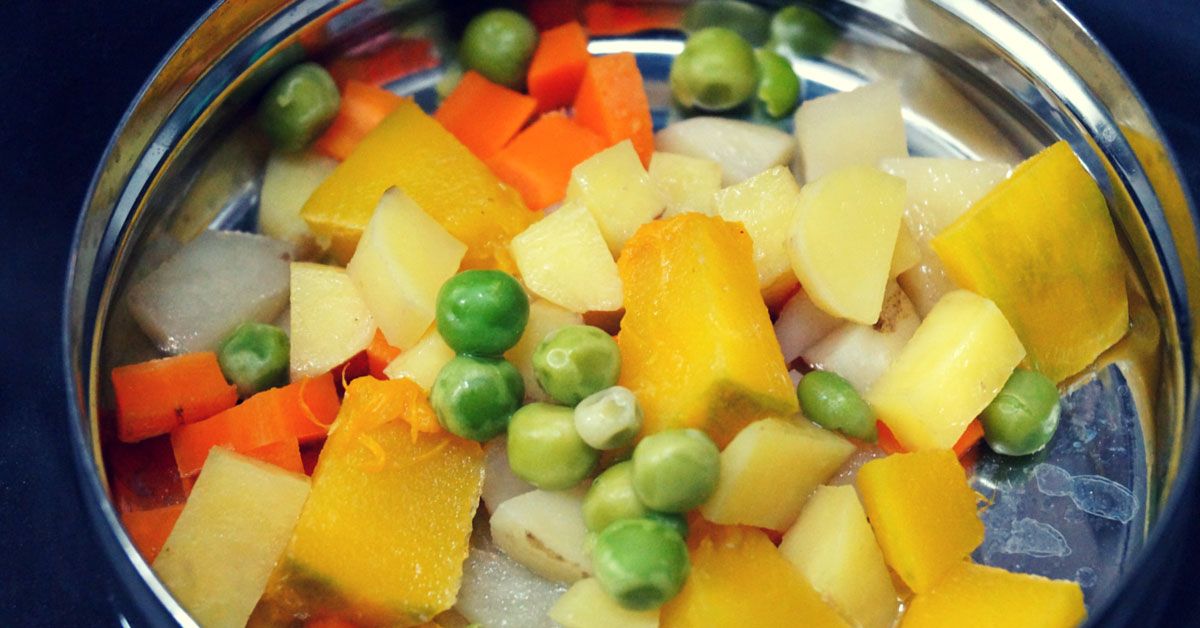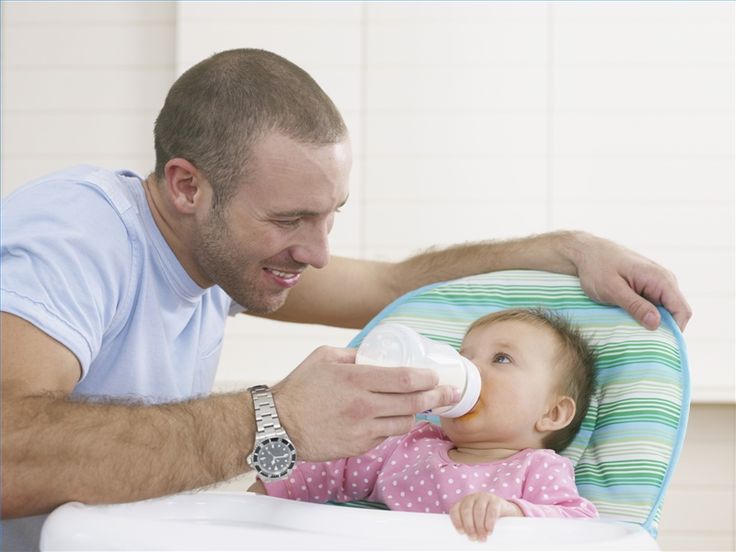Baby food airport security
3 Easy Tips to Meet The TSA Baby Food Guidelines
October 20, 2020 By Alexandra Maloney
Signing up for credit cards through partner links earns us a commission. Terms apply to the offers listed on this page. Here’s our full advertising policy: How we make money.
Bringing your little one along for a trip is a great way to bond and make lifelong family memories. Flying with your baby doesn’t need to be intimidating or stressful, and neither does getting their food through TSA. Your baby’s food is the most important thing you’ll travel with, and you’re permitted to bring frozen and bottled breast milk, as well as juices and formula for your baby on planes. All you need to do is plan ahead and budget more time at the airport!
TSA policies regarding baby food
TSA allows baby food in your carry-on bag — don’t leave your child’s food in your checked bag and risk it all getting lost in transit! Pack your formula, breast milk or juice in TSA pouches. When you arrive at TSA with your carry-on full of baby food, be sure to inform the TSA agent that you are traveling with the food before you begin your screening process. TSA will ask you to take these items out of your bag and will screen them through a separate process.
All formula, breast milk and juice will go through an X-ray screening process, the same one as your checked bag. TSA may need to test your liquids for explosives or concealed prohibited items and may request you to open them. If you don’t want your baby food open, you can deny this request — additional steps will be taken by TSA to ensure they’re safe for travel without opening.
Formula, breast milk and juices are an exemption under the 3-1-1 liquids rule for flying. This means that you can bring them in quantities greater than 3.4 oz, which is not the case for most other liquids going through TSA. Additionally, TSA allows ice packs and freezer packs for the purpose of freezing baby food — you can line a cooler bag with these to keep your baby food fresh!
If you’re flying with a toddler, you can bring gel or liquid-filled teethers, canned, jarred, and processed food along in carry-on baggage.
Tips for getting baby food through TSA without hassle
Make traveling with baby food quick and easy!
Determine how much food you’ll need to travel with in advance
No one knows your baby better than you — you know when your baby needs to eat! Before your trip, think about how long you’ll be gone, how many times and the amount your baby eats per day. Plan to bring at least this much food for your trip!
For parents that pump, consider pre-pumping and freezing some breast milk, and bring your pump with you to supplement the rest. For parents using formula, pre-package your baby’s food in TSA baby food pouches and store them away for the trip.
Pack your baby food well & keep it with you
TSA allows ice packs, freezer packs and the like for baby food — take advantage of this! Make sure you’re packing your cooler bag tightly and putting as many of these as you need inside to keep your food frozen.
Since baby food is allowed in your carry-on bag, be sure to keep your eye on it at all times.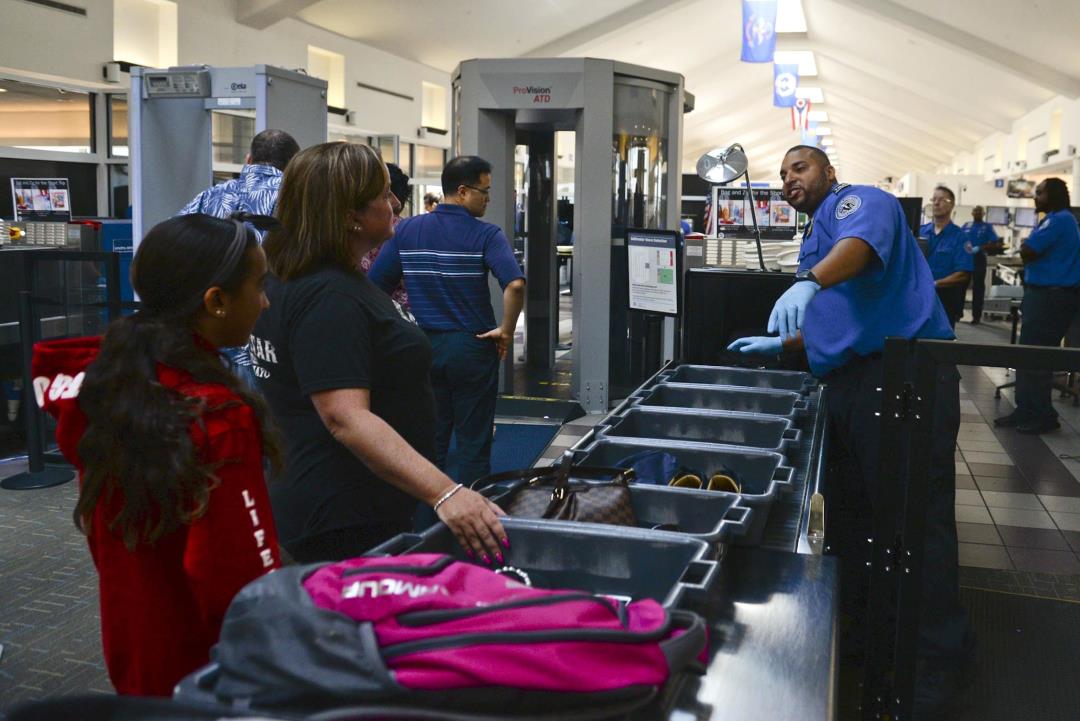 Don’t let it leave your sight when it’s going through TSA or in the airport in general — your baby needs it and unless you’re on a very short flight, they’ll probably need to eat on the plane.
Don’t let it leave your sight when it’s going through TSA or in the airport in general — your baby needs it and unless you’re on a very short flight, they’ll probably need to eat on the plane.
Insider Tip: Some airlines, like Southwest, allow babies and young toddlers to travel for free! Always be sure to check if there’s a child fare when booking your flight.
Give yourself extra time to go through security
Because of all the policies TSA has surrounding baby food, it’s important to give yourself extra time when traveling with it. You might need to jump through a few hoops to get it past TSA, and all food needs to be separately screened. This applies especially if you plan to bring a large amount of baby food on the plane. It’s better to be safe than sorry in this case — make sure you get your baby food through security and make your flight with plenty of time to spare!
FAQ for traveling with baby food
Can you bring squeezable baby food on a plane?
Yes! Squeezable pouches, jars or cans of baby food are all allowed on the plane and adhere to the same rules as breast milk, juices and formula. You can even bring gel or liquid-filled teething rings and toys for your little ones on the plane!
You can even bring gel or liquid-filled teething rings and toys for your little ones on the plane!
How much baby food can you take on a plane?
TSA allows baby food in “reasonable quantities” on planes. Basically, this means there is no strict cut-off for how much food you can bring on the plane. Bring only the amount of baby food your baby needs for the trip and you shouldn’t have any problems getting through security.
Can I bring water for baby formula on a plane?
Yes! Again, water for baby formula and babies is permitted by TSA in “reasonable quantities” in carry-on bags. The water for your baby formula will have to undergo the same screening process as the other foods you bring for your baby, but you shouldn’t have any trouble getting it onto the plane.
Bottom line
Whether you’re solo parent traveling or tag-teaming it with little ones, getting your baby’s food through TSA can be a stress-free and hassle-free process. TSA allows formula, breast milk and juices in quantities that exceed 3.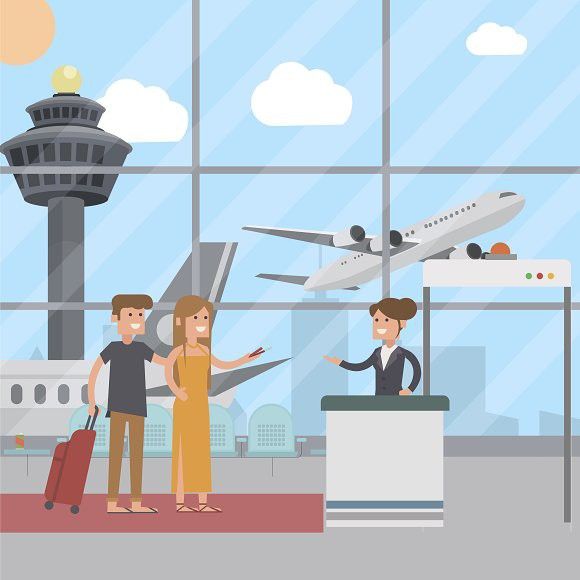 4oz, which is the typical rule, and you’ll be able to bring stocked cooler bags as well if needed. Be sure to give yourself plenty of time to get through security and have the food screened properly, plus keep it in your carry-on bag to make sure you have it with you whenever your baby needs it. After that, all that’s left to do is enjoy your trip with a happy and full baby!
4oz, which is the typical rule, and you’ll be able to bring stocked cooler bags as well if needed. Be sure to give yourself plenty of time to get through security and have the food screened properly, plus keep it in your carry-on bag to make sure you have it with you whenever your baby needs it. After that, all that’s left to do is enjoy your trip with a happy and full baby!
Alexandra Maloney is a contributor for Million Mile Secrets where she covers points and miles, credit cards, airlines, hotels, and general travel. She's worked as a writing consultant for the University of Richmond and is a features writer for The Collegian UR.
More Topics
Family Travel,
General Travel
Editorial Note: We're the Million Mile Secrets team. And we're proud of our content, opinions and analysis, and of our reader's comments. These haven’t been reviewed, approved or endorsed by any of the airlines, hotels, or credit card issuers which we often write about. And that’s just how we like it! :)
TRAVELING WITH BABY FOOD • IDEAS • PACKING TIPS & RULES
Traveling with a baby who is weaning does need some forward planning, especially if you are flying with a baby and can’t pop out to the shops to purchase some baby food, or whip up a meal in your kitchen.
Traveling with baby food means also considering delays and how to keep food cool or heat it up. This post answers lots of popular questions about travelling with baby food, provides tips and ideas to make it easier for you and provides suggestions of easy baby food that travels well.
CAN I BRING BABY FOOD ON PLANES?
Table of Contents - Click to jump to a section
Yes, you can bring baby food on planes. If it is in your hand luggage and it is for your baby on the flight, then it is NOT subject to the 100ml/3-1-1 liquid rule set by individual countries. This includes water, breast milk, powdered milk, baby food pouches and jars. TSA state, “Baby food is allowed in reasonable quantities in carry-on bags. Remove these items from your carry-on bag to be screened separately from the rest of your belongings.”
(If any liquid is for you, unless medically approved then it IS subject to the liquid rules if it is in your hand luggage. )
)
The TSA also state the below if you are traveling from a USA airport. However, these rules are NOT applicable worldwide, so do check the airport rules in the country you are flying from before you travel as some are very different – particularly with the allowance of ice packs and/or traveling with frozen breast milk!
Formula, breast milk, juice in quantities greater than 3.4 ounces or 100 milliliters are allowed in carry-on baggage and do not need to fit within a quart-sized bag. Remove these items from your carry-on bag to be screened separately from the rest of your belongings. You do not need to travel with your child to bring breast milk.
Ice packs, freezer packs, frozen gel packs and other accessories required to cool formula, breast milk and juice are allowed in carry-on. If these accessories are partially frozen or slushy, they are subject to the same screening as described above. You may also bring gel or liquid-filled teethers, canned, jarred and processed baby food in carry-on baggage.These items may be subject to additional screening.
While there are restrictions on the liquids you can take on a plane, they do not apply to food or milk for your baby. All airlines do permit baby food and milk to be brought onboard the plane. If you cannot find specific information on your airlines website, then you will usually find it on your departing airports website in the security section as exemptions to the 3-1-1/100ml liquid rule. Most airports/airlines stipulate ‘reasonable quantity’ or ‘enough for the journey’.
Airline provided baby meals and child meals
Some airlines provide (on request only, at least 24 hours in advance ) special meals for babies and children. For babies under two this is usually pureed baby food. You cannot request anything else for this age. For children over two, you can request a children’s meal. For children under two, you should always make sure you have enough food and drink for them.
Baby food and travel snack ideas
If you need to bring some of your own travel snacks or food for your baby, some easy ideas include:
TRAVEL FOOD FOR BABIES
BEST TRAVEL SNACKS FOR TODDLERS AND BABY LED WEANING
The great thing with the baby travel food and toddler travel snacks below, is that the majority is minimal mess (if there is such a thing with BLW!) and incredibly easy to organise for travel.
- Raisins – or other dried fruit
- Cheese crackers
- Fruit squeeze pouch – apple is usually a popular one.
- Blueberries
- Toast strips/soldiers – Cut into strips and spread a little butter on.
- Cooked pasta – Convenient for snacks on the go or as a full meal. Once up in the air, ask a flight attendant for a cup of hot water and you can warm it up. Add cheese or fresh vegetables!
- Mini sausages – make easy finger food for older kids.
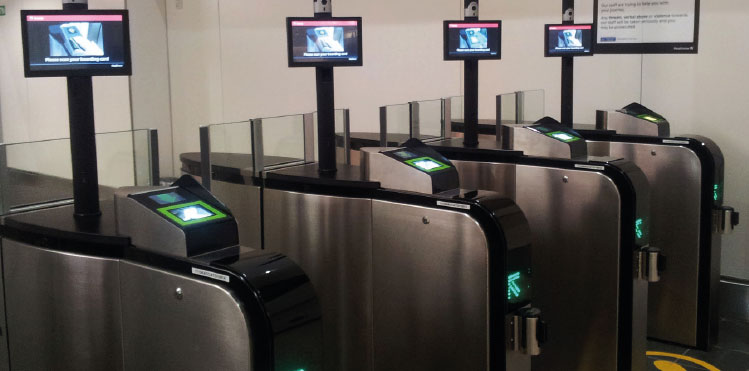
- Rice cakes
- Homemade muffins – Choose a baby friendly recipe with no honey and no added sugar besides fruit. You can freeze muffins and pull from the freezer anytime you need in a hurry.
- Bananas
- Granola bars
- Satsumas
- Cucumber and carrot sticks
- Roasted Veggies
- Thawed peas (from frozen) – Just take directly from your freezer and pack and go! They will need a short time to defrost to be ready to eat but the coldness will help keep everything else fresh too.
- Tofu strips – Pan fry tofu 1-2 minutes each side, then cool and pack.
- Bread sticks
- Porridge pots
- Cereal hoops
- Cheese – you can grate or shred it into fine pieces before you fo for baby to easily grab.
- Pancakes (with 3 ingredients) 1 ripe banana, 2 eggs, 1/12 teaspoons of coconut oil mixed together and cooked on a frying pan/skillet on a low heat.
 Once cooled they are ready to go.
Once cooled they are ready to go.
Anything that is fresh, remember to leave on the aircraft or check the countries customs laws. For example, fresh food of any kind is NOT allowed into Australia or New Zealand.
FOODS TO AVOID
Avoid candy, lollies and chocolate etc as a hyper kid on the plane is zero fun! The only exception is for older kids (when the choking risk is low) with a lollipop for top of descent – in case they find the ear pressure uncomfortable.
Some airlines may announce that food containing nuts cannot be consumed due to a passenger with an extreme allergy, so do not bring them just in case you can not use. Obvious no gos include whole grapes, jelly cubes, marshmallows or anything that could bloke an airway or large chunks which could be a choking hazard.
Remember many food products must be declared in certain countries. Always look at the customs card and if in doubt, bin it or declare it. I’ve always declared baby powder formula, even opened and have been allowed it. Countries like Australia will not let you bring any fresh produce in. Please check the latest customs laws.
Countries like Australia will not let you bring any fresh produce in. Please check the latest customs laws.
PACKING FOOD FOR TRAVEL
Before you decide on the types of food for traveling, you will need to consider a few things:
- How are you traveling?
- Is there any cold storage available?
- Can you easily get ice?
- Have you enough food to cover delays?
- What space do you have available in your case?
- Always pack more than you think you’ll need. Kids’ love to snack when on the go!
- Do you need portable travel blender for weaning babies or to make smoothies?
HOW TO KEEP FOOD COOL & HOW TO PACK BABY FOOD FOR TRAVEL
To keep the food fresh in my hand luggage, I take frozen gel packs from home AND empty Ziploc bags. Be aware some countries security laws may not accept icepacks/coolpacks/ gel packs to keep the food cool through security. Check at the check in counter if they are allowed and if you are caught out, pack the frozen gel packs in your suitcase and then use your Ziplocs to fill with ice from a cafe once airside and again from the crew onboard the plane.
(If you are traveling within the USA or from the USA the TSA rules for baby food DO permit cool-packs and gel pack use in your hand luggage. They will also permit frozen food. The UK will also allow frozen gel packs to keep baby food cool only)
If I am unable to use a frozen gel ice pack in my hand luggage, I always pack a couple extra in my main suitcase – that way they can be frozen at my destination and be used on day trips from the hotel to keep food cool.
An insulated food bag can then be used to place everything in for your baby. Travel food is then ready to go!
BEST TRAVEL FOOD CONTAINERS FOR BABIES AND TODDLERS
When flying with baby food or baby milk, it’s always best to first check airport security rules first for the types of travel baby food containers you can use – as they can differ. Where some airports will allow flasks, others won’t and some do prefer clear containers for transporting breast milk. eg at London Heathrow, “At London Heathrow Baby food or baby milk: breast milk can be carried in the cabin; when it is stored in a clear, transparent container or bag. Flasks cannot be permitted.”
Flasks cannot be permitted.”
When you are packing travel food, especially homemade baby food, it’s harder to get replacements, so to avoid tears and tantrums, never put all of one type of food in once container, but spread it out over two, just in case of an accidental spillage. If your baby is doing baby lead weaning (BLW), or you have a toddler, it’s definitely easier to give them just a small amount at a time. For older children, Bento Boxes work well as you can pack a selection of items and keep it all in one place. Here are some of the best travel food containers for babies, toddlers and older kids.
Bento Boxes: You can buy great ‘bento’ style organizer boxes which can hold a variety of travel snacks for older children. These basic stackable Bento Boxes are affordable and fit about 1/2 a cups worth of food in each section.
Snack Catchers: Munchkin snack catchers are great to stop toddler and older baby spills on the go. They will get plenty of use whether you are on a long road trip with kids, an outing to the park or on a flight.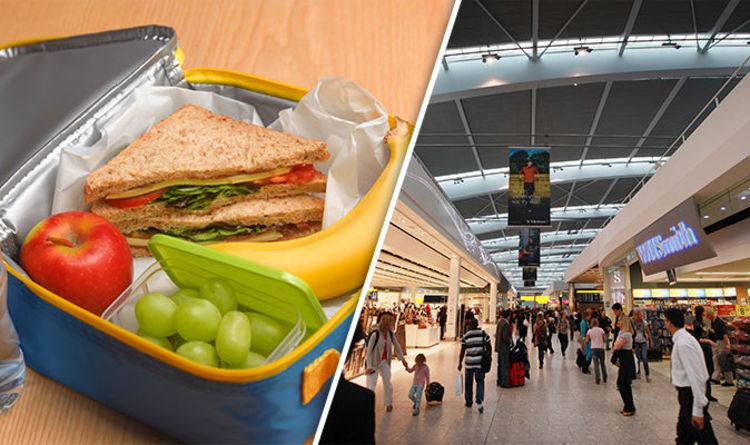
Collapsible Snack Containers: Collapsible snack containers are great for travel for obvious reasons, they save space!
Reusable Pouches: If you make your own baby food or want to fill with yoghurt, smoothies etc, these re-usable pouches are perfect for traveling with baby food.
HOW TO PREPARE BABY FOOD WHILE TRAVELLING?Preparing baby food while traveling is not as cumbersome as you may think. Whether you are on a road trip with a baby or need to whip up something homemade in your hotel room, you can use things from home to help. Hotels and restaurants are often used to such requests and will help, but if they are busy or where you are staying doesn’t have round-the clock room service, then bringing a small portable rechargeable blender can be a lifesaver to puree some veggies and fruit quickly. If you don’t want to pack a portable blender, then whole foods like bananas, ripe pears, mangoes or avocados can be mashed up immediately wherever you are to make instant baby food while travelling.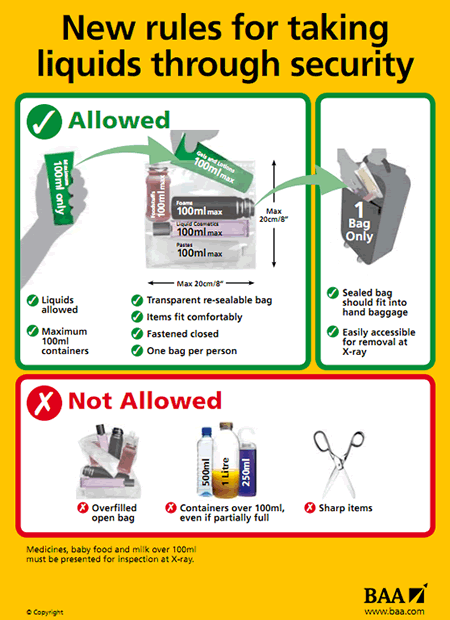
Once out about food can be kept warm in an insulated food jar or thermos which is great if you are for a day trip or excursion. If flying, check first as not all airport security will allow flasks.
OTHER USEFUL ITEMS FOR TRAVELING WITH BABY ON THE GO
- Bibs – a wipe clean bib is ideal for on the go.
- Baby Wipes/Washcloths
- Travel Booster Seat
Safety Tips When Feeding On The Go
- Do be mindful of choking as you would at home. It is harder to feed in an airplane seat, but try and keep a good view of babies face whilst you are feeding them. If they can sit in someone elses lap, this can help. Wherever you are, keep them sitting upright whilst eating.
If you have enjoyed this post and found it useful, here are some ways you can say thanks and support Flying With A Baby
1. Click here to buy me a virtual coffee (thank you so much!)
2.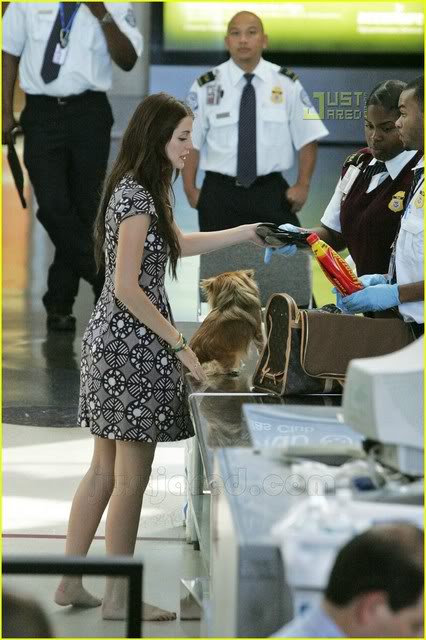 Join our Family Travel Forum: TRAVEL WITH KIDS WORLDWIDE Facebook Group here which includes lots of ideas & tips for things to do, places to visit around the globe and more with input from members who live or visit these places regularly.
Join our Family Travel Forum: TRAVEL WITH KIDS WORLDWIDE Facebook Group here which includes lots of ideas & tips for things to do, places to visit around the globe and more with input from members who live or visit these places regularly.
3. Click here to sign up for the latest family travel tips, guides and competitions.
3. Share this post with your friends.
4. Follow Flying With A Baby on the following platforms for exclusive content :
Thank you for your support as always.
Sharing is caring!
- Share
- Tweet
Frequently asked questions about carry-on baggage
How can I get through security quickly and easily?
Follow these simple steps to get through pre-flight security control faster and without delay:
1. Review the Prohibited Items List here in advance and pack all prohibited items in your checked baggage in advance.
Review the Prohibited Items List here in advance and pack all prohibited items in your checked baggage in advance.
2. If you do pack liquids in your hand luggage, use a 1 liter resealable clear plastic bag that can hold packages smaller than 100 ml (more info here .
3. When you arrive at the security lines, remove the bag of liquids and large electronic devices (such as a laptop, camcorder and camera) from your carry-on baggage and place them in a clothes tray separate from your carry-on baggage.
4. Remove outer clothing and place it in the tray.
5. Remove all contents from the pockets and remove the trouser belt with metal buckle and jewelry that, if passed through the frame, can cause an alarm.
5. Place light items (eg scarves, earmuffs, hats, cardigans) in a bag before placing them in the luggage tray so that they are not damaged by the line rollers.
It is also necessary to take into account the possibility that, even if there are no prohibited items in the baggage, random control may be carried out in the security control zone, during which a sample is taken from the baggage for explosives. Follow the instructions of the security personnel.
Follow the instructions of the security personnel.
How many bins can I use for my luggage, clothing, etc. at the security checkpoint?
Each line has enough trays for each passenger, so you can use as many trays as you currently need. However, when using a very large number of trays, you should try not to forget your things at the end of the line.
Where can I get information about prohibited items in hand luggage?
Information about prohibited items in hand luggage can be found here . It should be borne in mind that it is impossible to compile an exhaustive list of prohibited items. The security officer has the right to assess the degree of danger of the item and not allow items not mentioned in the list of prohibited items on board the aircraft if they can be used to cause damage.
What is meant by liquids?
In aviation safety, liquids are not only products of a completely liquid consistency, such as drinks and perfumes.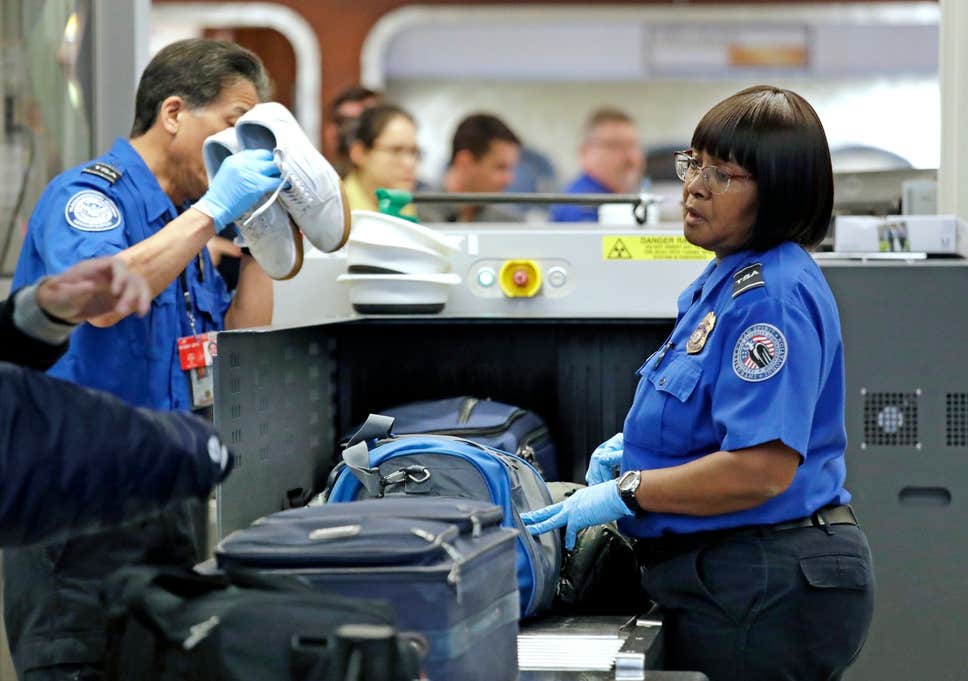 Liquids also include pastes, cosmetic liquids, liquid/powder mixes and contents of pressure vessels such as toothpaste, hair gel, drinks, soups, syrups, shaving foam and other products of similar consistency. Food products that do not have a solid consistency are also subject to a ban.
Liquids also include pastes, cosmetic liquids, liquid/powder mixes and contents of pressure vessels such as toothpaste, hair gel, drinks, soups, syrups, shaving foam and other products of similar consistency. Food products that do not have a solid consistency are also subject to a ban.
How do I pack my creams, toothpaste, etc. for hand luggage?
Liquids in packages up to 100 ml are allowed in cabin baggage if they are packed in a resealable transparent plastic bag with a volume of up to 1 liter so that the bag can be completely closed. One plastic bag is allowed per passenger.
Are bottles of water and other drinks also prohibited?
Yes, if the water bottle is larger than 100 ml, it will not be allowed through security.
If I have a water bottle larger than 100 ml but empty, is it allowed?
Yes, a completely empty bottle exceeding 100 ml is allowed.
Are medicines allowed in the cabin?
Yes, it is allowed to take medicines and special diet food necessary on the plane in your hand luggage, but please note that all products are subject to inspection in the security control area. We advise you to pack medicines and special dietary foods (including liquid medicines) so that you can take them all out of the bag at the same time to present them to the security officer.
We advise you to pack medicines and special dietary foods (including liquid medicines) so that you can take them all out of the bag at the same time to present them to the security officer.
Can I carry cold and cough medicine in my hand luggage?
Cold and cough medicines are allowed in carry-on baggage. Tallinn Airport classifies them as medicines, so they do not need to be classified as other liquids. However, keep in mind that these products are inspected separately. It may happen that the packages are opened.
If you do not need these medications during the flight, we advise you to pack them in your checked baggage.
Can baby food be carried in hand luggage?
Yes, baby food required during the flight is allowed, but please note that in the security control area, all products are subject to inspection. Some products will require a sample to be taken, which means that the packages will have to be opened. Pack baby food so that it can be easily shown to security personnel for inspection.
Pack baby food so that it can be easily shown to security personnel for inspection.
Can I use my own bag for liquids?
Yes, a passenger can use a personal bag or even a cosmetic bag for liquids. The bag or cosmetic bag must be transparent, resealable and up to 1 liter in volume. The contents must fit well in the bag and the bag must be completely closed.
Is contact lens liquid allowed in hand luggage?
Yes, contact lens liquid is allowed in carry-on baggage. Tallinn Airport classifies it as a medicine, so it does not need to be packed in a liter plastic bag along with other liquids. However, keep in mind that the lens fluid is inspected separately. It may happen that the package is opened.
If you do not need contact lens fluid during the flight, we advise you to pack it in your checked baggage.
What happens to perfumes, drinks and other liquids that I buy at airport stores?
Alcoholic beverages, cosmetics and other liquids purchased from airport stores are permitted on board the aircraft.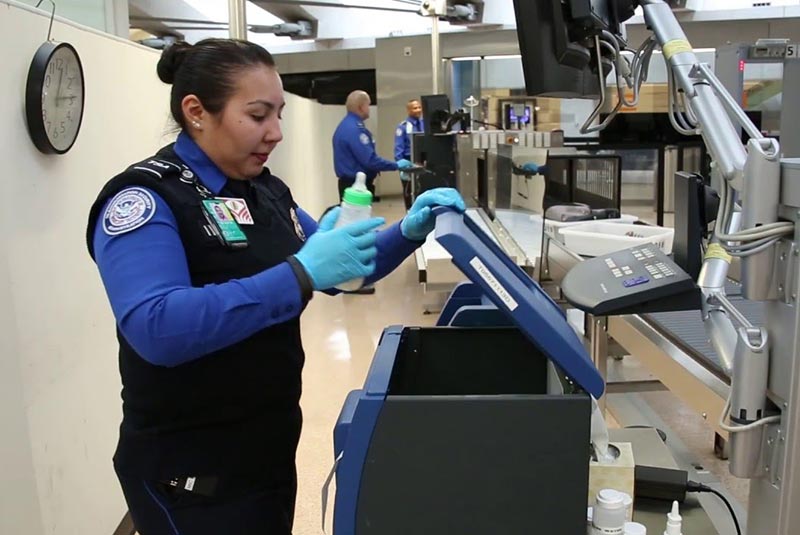 If necessary, they are placed in special STEB packages that allow you to take them to your final destination if you are flying through several airports.
If necessary, they are placed in special STEB packages that allow you to take them to your final destination if you are flying through several airports.
Are sprat, herring in tomato, bread, jam, honey and other foodstuffs allowed in hand luggage on board the aircraft?
All foodstuffs in solid form (for example: bread) can be carried in hand luggage. Attention should be paid to solid food products that contain liquid (for example: sprat, herring in tomato sauce). In such cases, you need to check the size of the package, which cannot exceed 100 ml or 100 g, depending on the label.
The package size of a food product in the form of a liquid or cream (for example: jam, processed cheese) may also not exceed 100 ml. This also applies to honey and oil in any condition, the package size of which may not exceed 100 ml or 100 g.
When carrying foodstuffs in hand baggage, please take into account the total size of all relevant liquid containers that must fit in a 1 liter transparent plastic bag that is securely and resealable.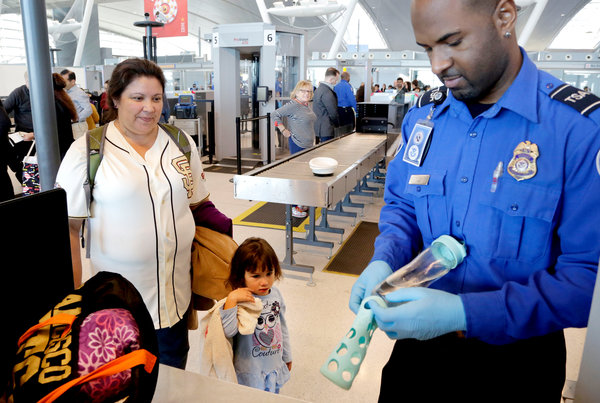
We advise you to place all foodstuffs in your checked baggage or purchase the necessary foodstuffs after security checks at the airport, in the shops of the terminal. There you can buy various Estonian food products, including honey, Muhu bread, sprat, herring and melted cheese.
Are nail scissors and pocket knives allowed on board?
If the length of the blade of a knife or scissors does not reach 6 cm, then such an item can be placed in hand luggage. But it is best to place all items with sharp ends or edges in your checked baggage. This also applies to other items that may pose a danger to crew members and passengers on board.
In the control zone, a sample was taken from my hand - what exactly is it about?
This is a test, the purpose of which is to detect the remains of explosives on the body of people and objects. Taking this sample does not mean that you did something wrong, in most cases we are talking about random control.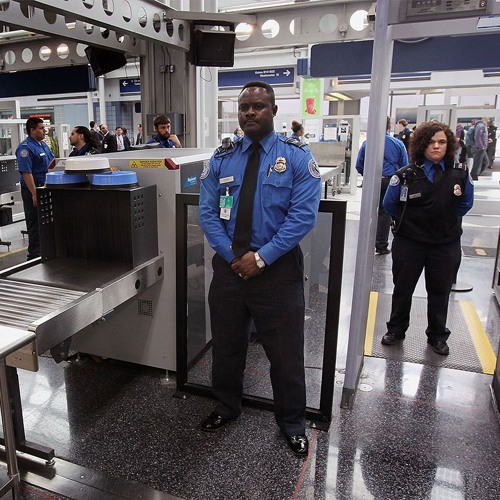
Is the body scanner dangerous for me?
The ProVision 2 body scanner used at Tallinn Airport uses safe broadband radio waves rather than X-rays to screen passengers. According to the manufacturer, it is completely safe for passengers.
Tallinn Airport is the only airport where such strict rules apply?
No, pre-flight security checks, including both passenger screening and baggage screening, comply with the requirements set out in Regulation (EÜ) No 300/2008 of the European Parliament and of the Council and are carried out in the same way in all EU countries.
What happens to liquids or other prohibited items found during security checks?
Prohibited items or liquids may be handed over to a security officer who will send them for destruction. More valuable items can be left in the airport storage room (at the airport information point), where you can pick up the item upon returning from your trip.
Are there any special requirements for external batteries (akupank)?
An external battery can only be carried in carry-on baggage, subject to certain conditions. For example, if the capacity of the external battery exceeds 100 Wh, you must have an airline permit with you. External batteries with a capacity of more than 160 Wh are prohibited for carriage.
Can blue flame lighters be taken on board?
Lighters with a blue flame are not allowed on board the aircraft.
Can I take fireworks or sparklers with me on my trip?
Fireworks and other pyrotechnics may not be taken on board an aircraft, either in hand or checked baggage.
Passengers with children
CHILDREN'S WAITING ROOM is a place for short-term pre-flight rest for passengers with children under 7 years old (children with disabilities - up to 12 years old). The lounge is located on the second floor of Terminal A and is open for departing passengers from 9. 00 to 20.00. The hall is equipped with upholstered furniture and wall-mounted game modules.
00 to 20.00. The hall is equipped with upholstered furniture and wall-mounted game modules.
Children are accepted with one accompanying person, an exception is allowed in the following cases:
- departure with two or more children under the age of 3;
- departures with children in need of special care.
- it is allowed to accept children under 12 years old (inclusive), when one accompanying person flies with children of different ages, at least one of whom has not reached the age of seven on the day of departure.
Time of stay - 6 hours before departure.
Children's waiting room services are provided free of charge.
Strollers and luggage are not accepted in the children's lounge.
MOTHER AND CHILD ROOM
Located on the second floor of Terminal D (accessible by elevator or stairs to the 2nd floor)
Departure and delayed passengers are served 24 hours a day in the mother and child room.
Children under 7 years old (children with disabilities - up to 12 years old) with one accompanying person and pregnant women (in the second half of pregnancy) are accepted in the mother and child room
There may be more accompanying persons in the following cases:
- departure with two or more children under the age of 3;
- departures with children in need of special care.
- it is allowed to accept children under 12 years old (inclusive), in the case when one accompanying person flies with children of different ages, at least one of whom has not reached the age of seven on the day of departure. Cots and bed linen are not provided for older children.
Time of stay - 12 hours before departure.
Luggage must be checked in advance in a storage room (terminal A, -1st floor)
At the service of small passengers: a game room, cartoons, a cozy bedroom with children's bed linen, a shower room and a fully equipped kitchen.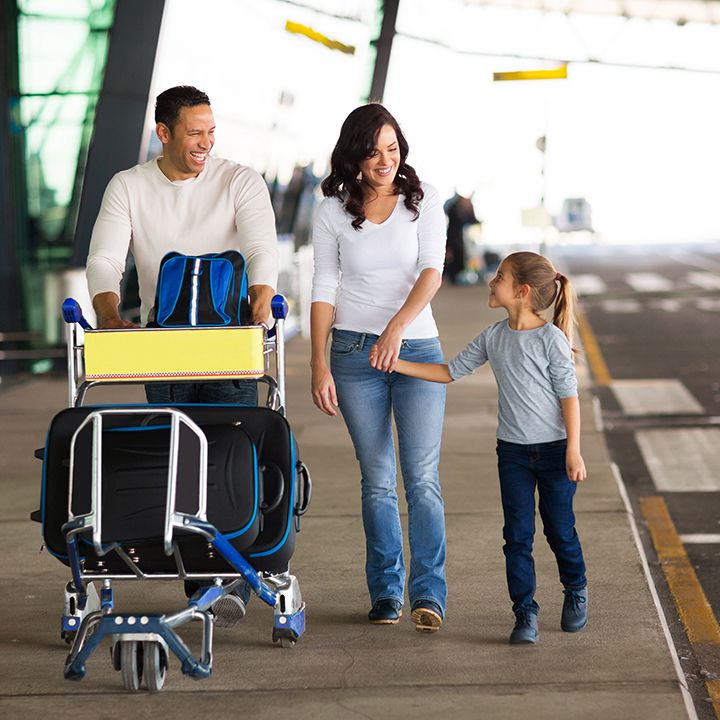
Parents can relax on soft sofas, read books and magazines.
Mother and child room services are provided free of charge.
Passengers with children arriving at night can stay in the mother and child room and children's lounge until 6 am, subject to availability.
Carriage of prams
A pram is carried in the aircraft hold as checked baggage in addition to the free baggage allowance. The stroller must be used for the purpose of transporting a child traveling with a passenger.
The passenger may use the wheelchair until boarding the aircraft. When boarding, baby strollers are handed over to the airport employee for loading into the luggage compartment.
If you need a wheelchair immediately before boarding the aircraft, please notify the check-in staff about this.
When checking in before departure, we recommend, if possible, to check in overall baby strollers as luggage in order to avoid difficulties when moving around the airport complex on your own.